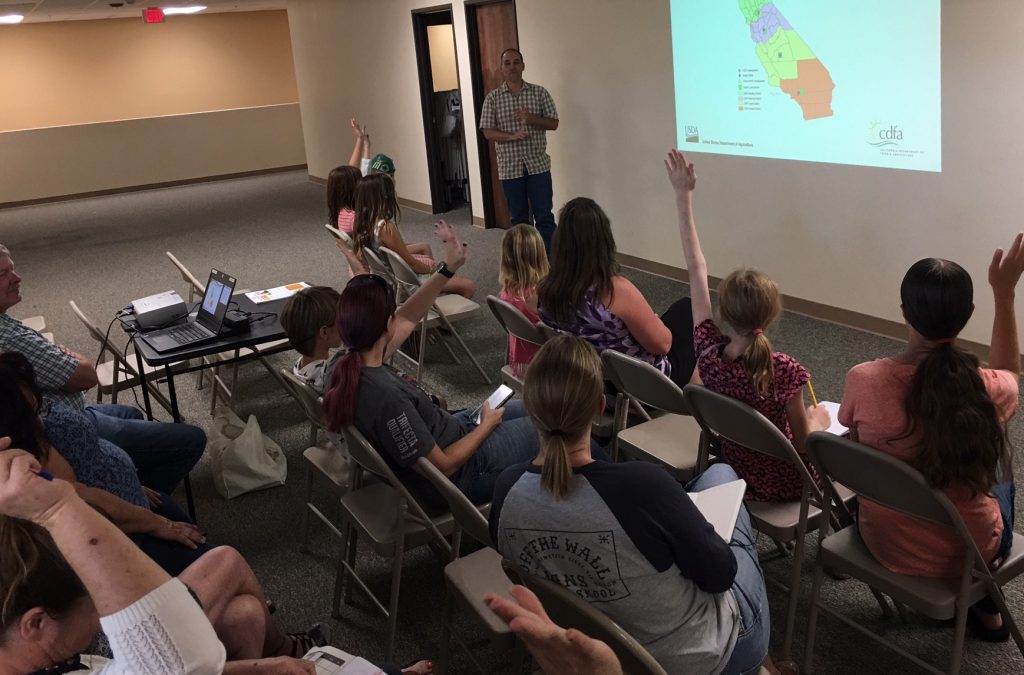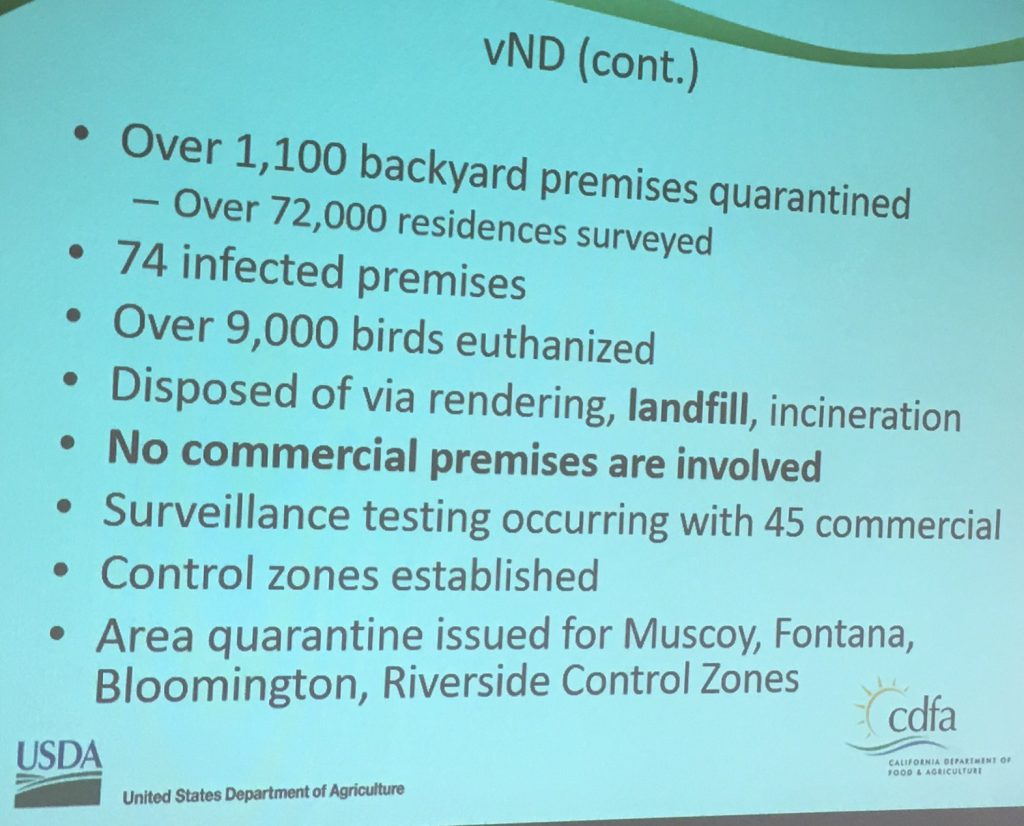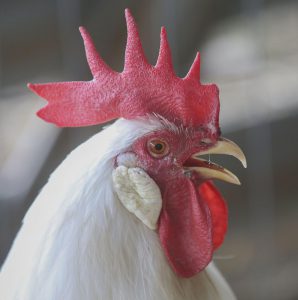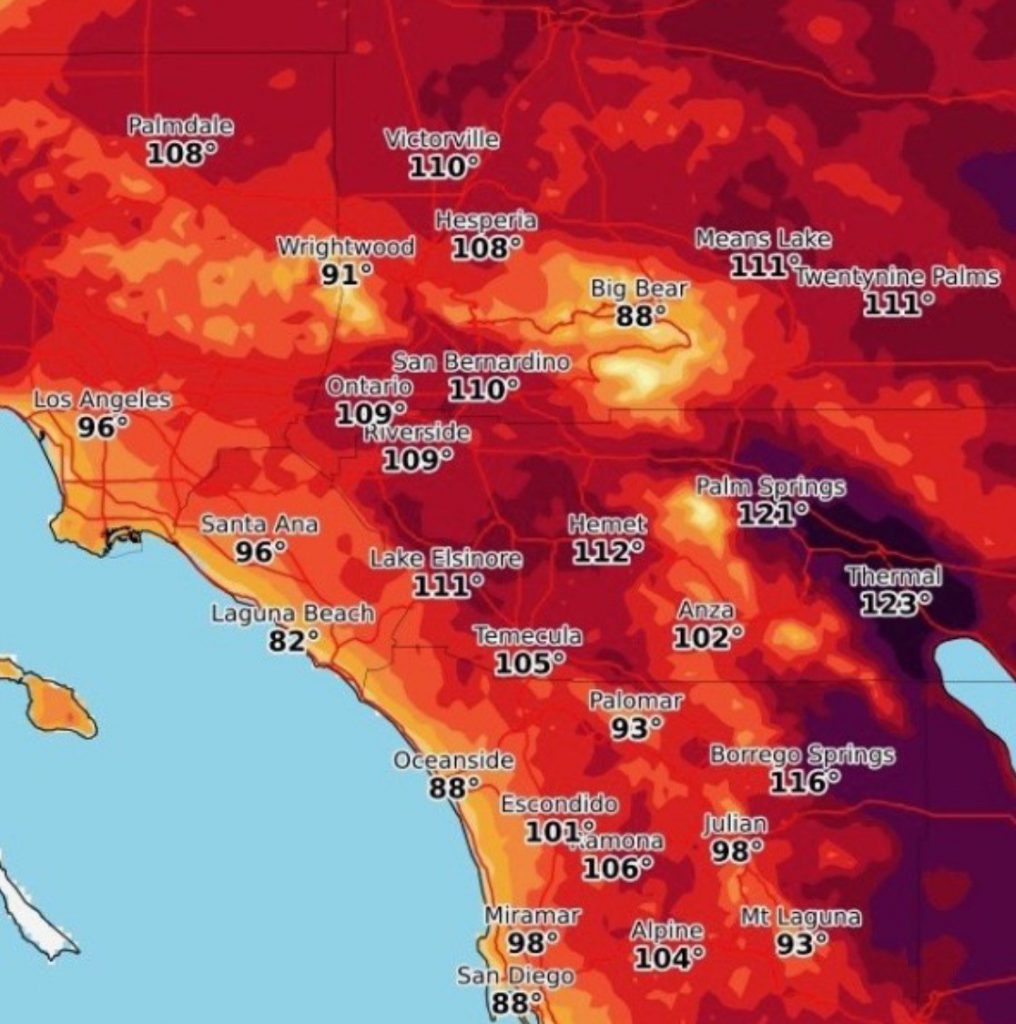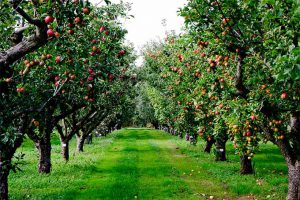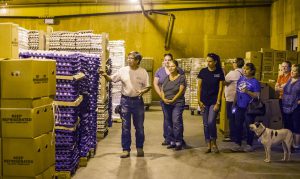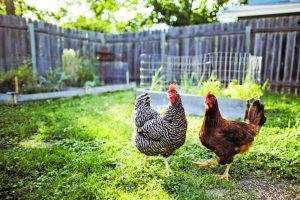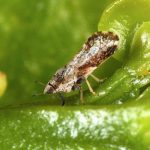
The Asian Citrus Psyllid.
By Robin Koestoyo
Fighting plant disease with jet blast sprays is standard practice for Florida citrus growers fighting Asian citrus psyllid — the vaunted vector of citrus greening. But, to spray a fungus to control a single insect that carries a disease-causing pathogen is uncommon. With that, scientists from UF/IFAS and the Florida Research Center for Agricultural Sustainability are collaborating to test an insect-killing fungus applied with horticultural oil sprays in a Vero Beach, FL, citrus grove.
The fungus, Isaria fumosorosea, is said to occur naturally in citrus groves. Lance Osborne, a Professor of entomology at the UF/IFAS Mid Florida Research and Education Center in Apopka, first discovered the fungus attacking mealybugs in a greenhouse in the mid-1980s. According to Ron Cave, Director of the UF/IFAS Indian River Research and Education Center (IRREC) near Fort Pierce, now scientists are interested in using the fungus for the good of growers because it kills and changes the feeding behavior of the citrus psyllid.
Pasco Avery, a Biological Scientist based at IRREC, tested the fungus against the psyllid under laboratory conditions. His findings, which are published in Insects, Biocontrol Science and Technology as well as Florida Entomologist, document the fungus’ promise as an effective biological control agent against the Asian citrus psyllid.
According to Avery, the fungus kills the psyllid but is compatible with beneficial insects like lady beetles, lacewings and parasitic wasps. “The fungus is not a panacea, but it is expected to greatly reduce the problem we have in managing the psyllid populations.”
Bob Adair, Executive Director at the Florida Research Center for Agricultural Sustainability, heard about Avery’s work with the fungus and approached him about using commercial sprayers to distribute the fungus in his groves. Adair has partnered with UF/IFAS on multiple occasions over the years to conduct agricultural research.
Avery carried out experiments in his lab to determine if the oils were compatible with the fungus. He found the oils sustained the fungus and helped it to grow and thrive, he said.
Adair said the next step was to determine its efficacy in field trials in citrus groves. The fungus needs to be tested in outdoor groves to determine whether it can suppress the Asian citrus psyllid population to the point where trees will be protected and that the psyllid will not become resistant to the sprays.
Avery and Adair conducted a first field spray trial in mid-June. About 1 acre of trees was sprayed on one side of the row. The scientists mixed 1% of a commercial product containing I. fumosorosea with stylet oil for 65 pounds of spray. The spray was applied to the trees at dusk with a pull air blast sprayer hitched to a tractor.
Avery said the fungus was effective in suppressing the psyllid population and that it lasted for up to 14 days after application. “What we found with this first experiment was that the fungus was as effective as the active ingredient of the insecticide spinosad,” Adair exclaimed.
A second field trial is scheduled for September. For that trial, both sides of the trees in the same grove will be sprayed with fungus added to the horticultural oil.




